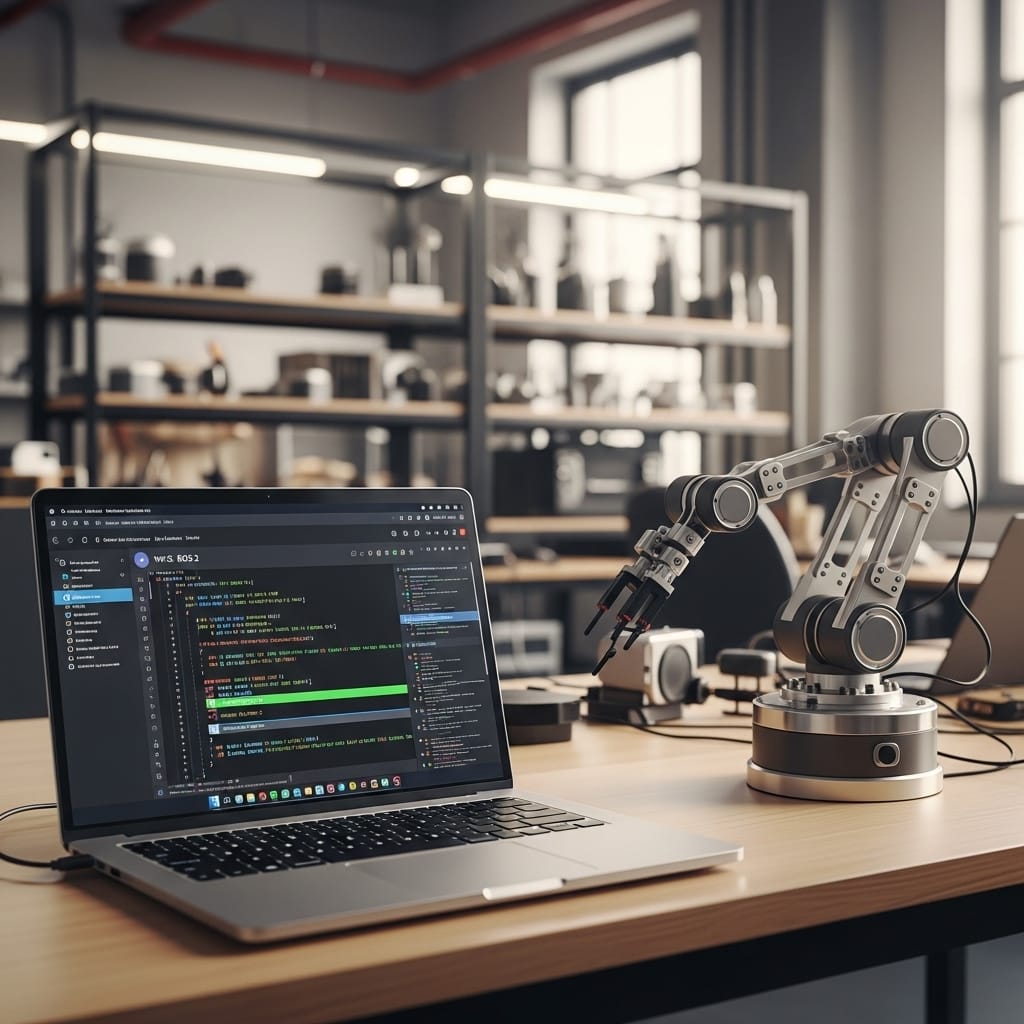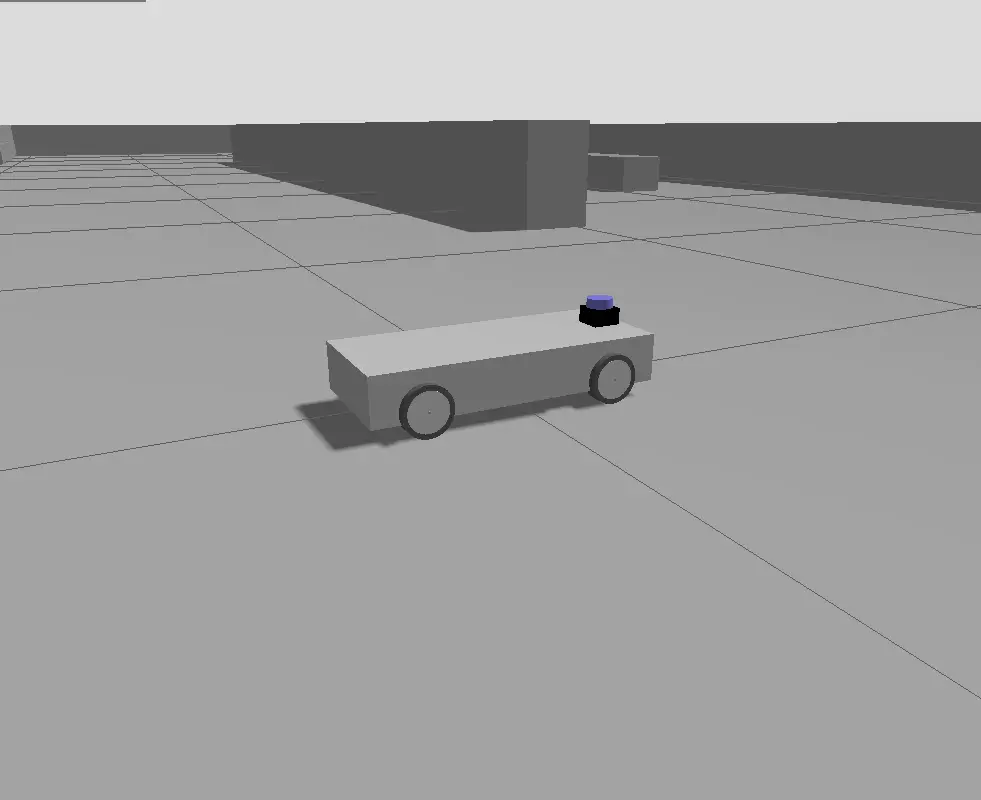
✨ ROS 2 C++ Debugging Setup with VS Code
For our developers working in robotics in Berlin with ROS
When you see a car stop at a red light or slow down as a pedestrian crosses the road, it may seem like magic. But behind that magic is something very real, contours in computer vision. In self-driving cars, contours act like outlines that help the car “see” the world.
At RobotX Workshops, we believe that understanding this concept is key to building the next generation of smart vehicles. If you’re thinking about enrolling in an autonomous driving course, this topic is one of the first things you should get familiar with.
Let’s break it down in a simple way. In the world of computer vision, contours are just the lines that show the edges of things. They help the car figure out where one object ends and another begins. It’s a bit like how you draw shapes by tracing their outer lines. Self-driving cars use cameras and software to do this thousands of times every second.
So why are contours so important? Self-driving cars rely on computer vision to understand their surroundings. These vehicles are equipped with cameras and sensors that take in huge amounts of visual data. The system must process this data to identify people, other cars, street signs, lanes, and obstacles.
That’s where contours come in. By recognizing the edges of objects, the system can tell the difference between a human and a streetlight. This may sound easy for us humans, but it’s quite complex for a computer.
The outline of a person walking is different from someone riding a bike. Contours help the software recognize these shapes and act accordingly, slowing down, stopping, or changing lanes.
Before a self-driving car can use contours, the raw image data must go through processing. This means improving the picture so the computer can understand it better.
The first step often involves converting the color image to black and white, or grayscale. This makes it easier to find edges because the computer doesn’t have to deal with color differences.
Next, the system uses algorithms to detect where the brightness in the image changes a lot. These changes usually happen at the edges of objects.
Once these edges are detected, the system draws lines, these are the contours. Imagine tracing over the lines in a coloring book; that’s basically what the car is doing.
This is not just theory. In our autonomous driving course, we teach students how to write code that performs these exact steps. Using Python and tools like OpenCV, our students get hands-on experience with image processing and contour detection.
In real-world driving, time is everything. A car doesn’t have the luxury to think for even a few seconds. It must make decisions in real time, within milliseconds. That’s why contour detection must be fast and accurate.
Let’s say a ball rolls onto the street. The car detects a round shape moving across its path. Using contours, it quickly figures out that it’s an object and not just a shadow.
But here’s the tricky part, what if a child is chasing that ball? The system must also detect human contours and understand that the situation is dangerous. It will then apply the brakes or steer away to avoid an accident.
All of this happens thanks to smart programming and efficient use of computer vision. At RobotX Workshops, our autonomous driving course teaches students how to make these systems smarter and quicker through real-world projects.
Contours alone aren’t enough. They are one part of a bigger puzzle. Modern self-driving cars also use deep learning, a type of artificial intelligence that helps the car get better over time. Deep learning uses neural networks to learn from examples. The more it sees, the smarter it gets.
Contours help make deep learning even better. They act like clues that help the AI learn what different objects look like. For example, it might learn that a shape with two small contours (eyes).
One large contour (body), and movement on two legs is likely a person. over time, the system becomes very good at recognising people in all kinds of positions and lighting conditions.
We cover this advanced concept in the second level of our autonomous driving course, where students combine contour detection with AI techniques. It’s both exciting and powerful to see how these methods work together.
It’s not all smooth driving. Contour detection faces many challenges in real-world environments. Lighting can be tricky. A bright sun can cast shadows, and rain can blur images.
Also, some objects have very similar shapes. A trash can and a short child might appear similar from far away. The system must be trained well to know the difference.
Another problem is that contours can be broken or incomplete. For example, if part of a car is hidden behind a bush, the contour is not clear. The software must then “guess” the shape using prior knowledge and context. This is why building a strong image-processing system is so important.
In our autonomous driving course, we don’t just teach students what works, we also show them what doesn’t. That way, they are prepared to face real-world problems head-on.
Self-driving cars are no longer science fiction. They are being tested and used in cities around the world. As this technology grows, so does the need for people who understand it. That’s where we come in.
At RobotX Workshops, we believe in making robotics and AI easy to understand. We’ve designed our autonomous driving course for students who want to learn through hands-on projects. You won’t just sit and listen. You’ll write code, test it on real hardware, and solve real problems.
Our mission is to turn curious minds into capable creators. Whether you’re a beginner or someone with a bit of coding experience, our course will give you the tools to build smart systems that make a real difference.
Contours may seem like just lines on a screen, but they are the building blocks of object recognition in self-driving cars. From simple outlines to advanced AI-driven decisions, contours help make self-driving cars safer and smarter.
At RobotX Workshops, we’re passionate about teaching this technology in a way that’s easy, fun, and practical. Our autonomous driving course is built with real learners in mind. You’ll start with the basics, understanding contours and image processing, and work your way up to using deep learning and AI in real-world scenarios.
We believe that the future of transportation should be in the hands of people who care about making it better. If that sounds like you, then we invite you to join us. Enroll in our autonomous driving course today and start building the future, one contour at a time.
Contours may look simple, but they do heavy lifting in the world of self-driving cars. They help machines understand shapes, detect movement, and make life-saving decisions on the road. And the best part? You can learn how to work with them yourself.
With RobotX Workshops, you won’t just learn, you’ll build. Our autonomous driving course is more than a class. It’s a journey into the future of mobility, where your ideas can shape the world.
If you’re searching for Robotics Training Berlin that combines hands-on learning with cutting-edge technology, RobotX Workshops is the place to start.
Andrew
For our developers working in robotics in Berlin with ROS

The world of robotics is undeniably exciting, and getting hands-on